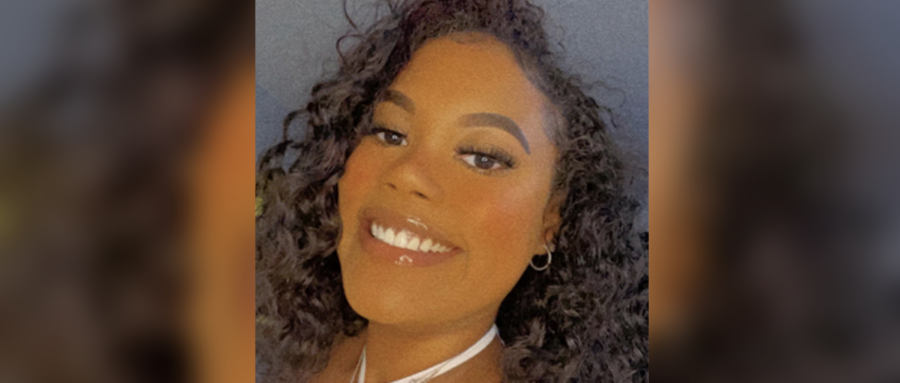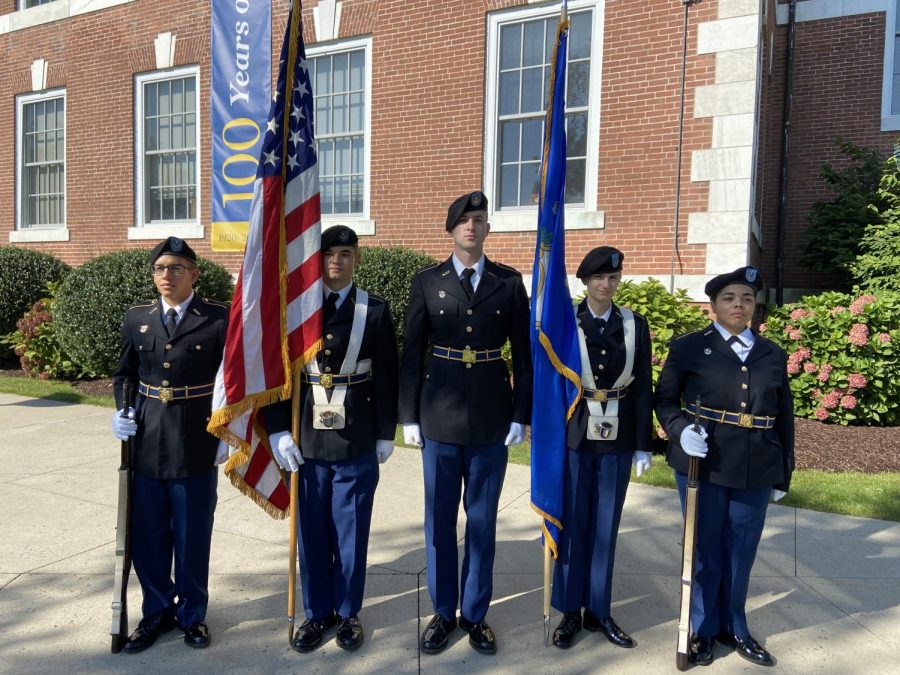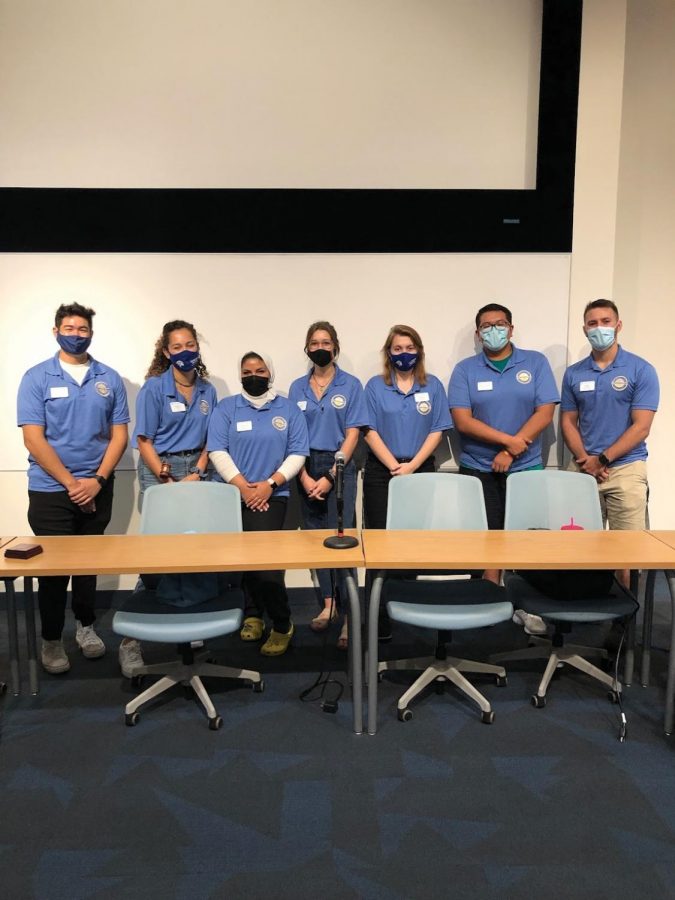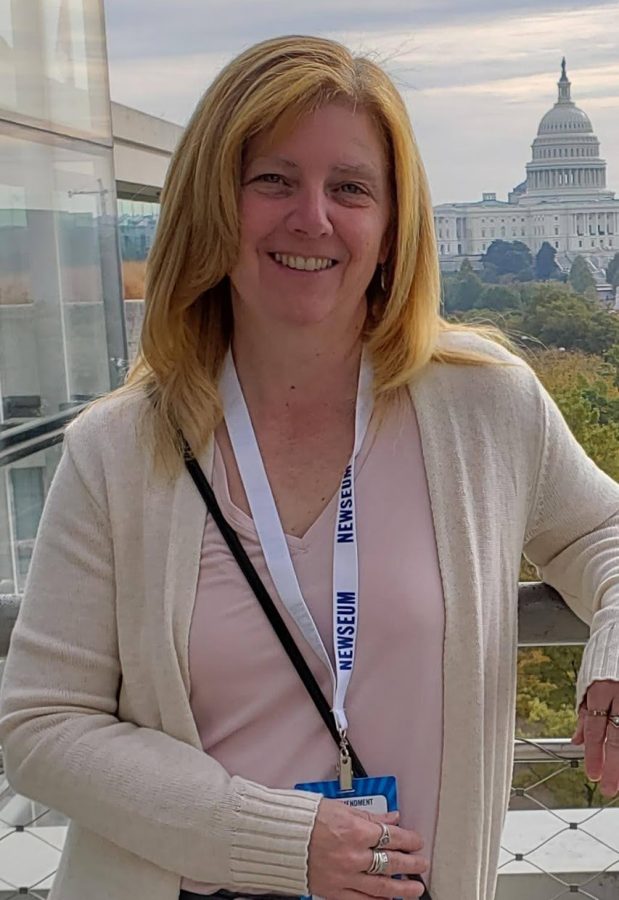For its second exhibition of the semester, the Seton Art Gallery in Dodds decided to do a little exploration into the mind. Loss Generation, a play on the technical phrase “generation loss” and the historical term “Lost Generation” is an exhibit curated by Christina Vassallo that explores the act and result of reproducing experiences, phenomena, and cultural by-products.
The exhibit features artists Daniel Bejar, Jonathan Brand, Debbie Hesse, Hiroshi Kumagai, Graham McNamara, Amy Youngs, and Frank Zadlo. Vassallo notes that “adherence to the original subject matter is often compromised by the faulty and subjective act of remembering,” resulting in works that distort some aspect of the original source. Beyond that theme however, there is no common medium among the works in the exhibit, which include everything from photographs to webcam feeds and from printed email conversations to fragments of lawn and architecture.
When Daniel Bejar realized that the frontman of Canadian band Destroyer shared his name, as well as a very close resemblance, he created “Daniel Bejar/Destroyer (The Googlegänger),” featuring pictures of Bejar the musician next to pictures of Bejar the artist with the latter pictures specifically manipulated to match the former. The result was a Doppelgänger effect, where both images appeared to be the same at first glance.
Jonathan Brand discovered that his childhood bike was a copy of the first BMX bike ever made. This led him to purchase the original and attempt to recreate the image and experience of his first bike using silverpoint drawings and a homemade router called “Battle Axe.”
Debbie Hesse’s specialty lies in works incorporating organic and architectural elements. Fittingly, her contributing to Loss Generation consists of constructions of grids and grass, referencing, among other things, the rolling hills of the Connecticut landscape and rows of sown industrial crops. Hesse accomplishes this by using a mix of organic and plastic forms, painted and cast shadows, and real and fake representations of nature.
Hiroshi Kumagai makes vinyl colleges of people engaging in forms of digital communication intentionally “pixelated” using saturated color. Screenshots of conversations reveal the online alter-egos of everyday people, as well as the emotion that tends to occur through digital mediums. Kumagai’s works include depictions of Skype, video chats, and instant messaging.
Graham McNamara’s “Units” series dissects and deconstructs classical paintings by reducing their pallets to one color, altering the original image significantly, and allowing single aspects of the image to be emphasized. McNamara also corrodes the surface and reproduces them, begging the question: “who or what is responsible for maintaining the canon of art?”
Amy Youngs’ work demonstrates the distortion of an image caused by technology. Her ongoing series “Artifacts from the Screening of the World” portray a series of webcam screenshots, each altered somehow, either by glitches, blurring, or internal reflections. Youngs concerns herself with the phenomena of life being partially removed from reality by technological means.
Frank Zadlo uses films from the 70s and 80s as material for his work, including Superman (1978), Predator (1987), and Indiana Jones and the Raiders of the Lost Ark (1981). As one example, in his work “Supertitles,” Zadlo removed the names from the opening sequence of Superman, leaving only the blue light trails in the background.
Christina Vassallo, the curator, is based in Brooklyn New York and founded curatorial platform Random Number, which specializes in promoting emerging artists. Her work has been reviewed in the New York Times and Wall Street Journal, and she currently serves as the Adjunct Curator at the New York based art center Flux Factory and has previously served as the associate directors of the Kinz + Tillou, Richard L. Feigen, and ART&IDEA galleries. Lastly, Vassallo holds a B.A. in art history and a M.A. in visual arts management, both from New York University.
A reception for the exhibit was held on Thursday, February 24 from 5:00-7:00 p.m. in the Seton Art Gallery, where a few of the artists came to speak about their works. The exhibit itself opened Tuesday, February 22 and will close Friday, March 25. The Seton Art Gallery is open Tuesday through Thursday 11:00 a.m.-4:00 p.m. and Friday and Saturday 11:00 a.m.-2:00 p.m., except during Spring Break from Saturday March 12 to Saturday March 19, where the gallery will be open by appointment only.










